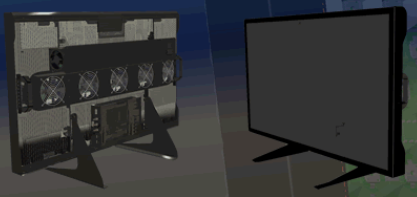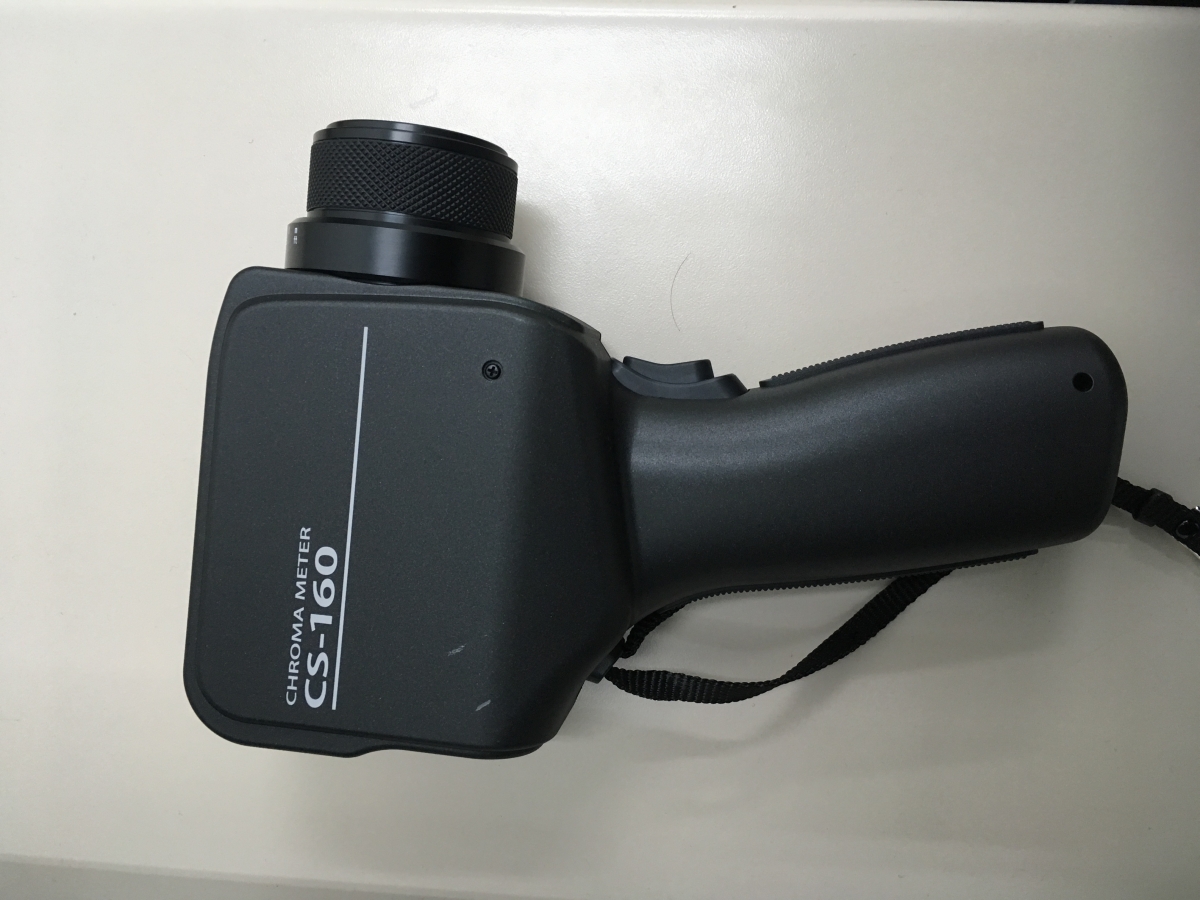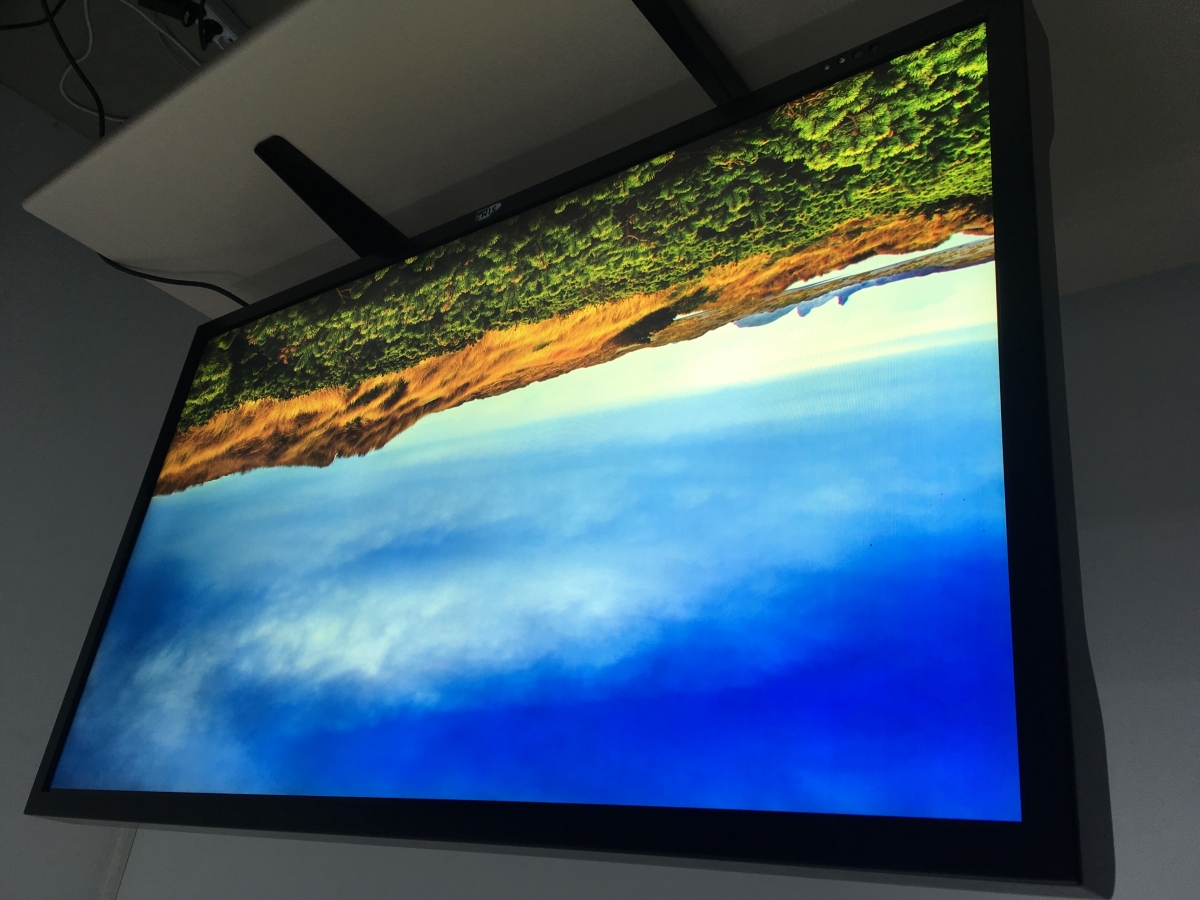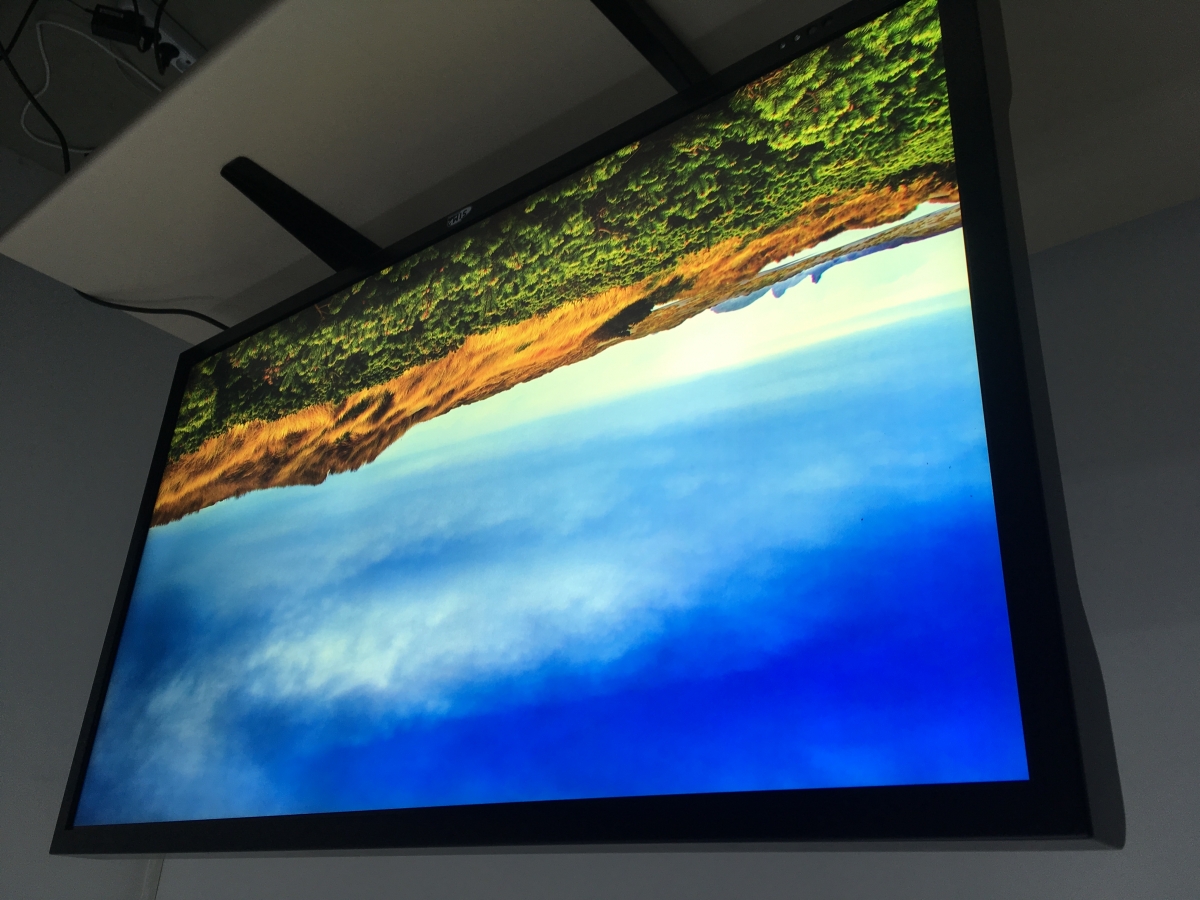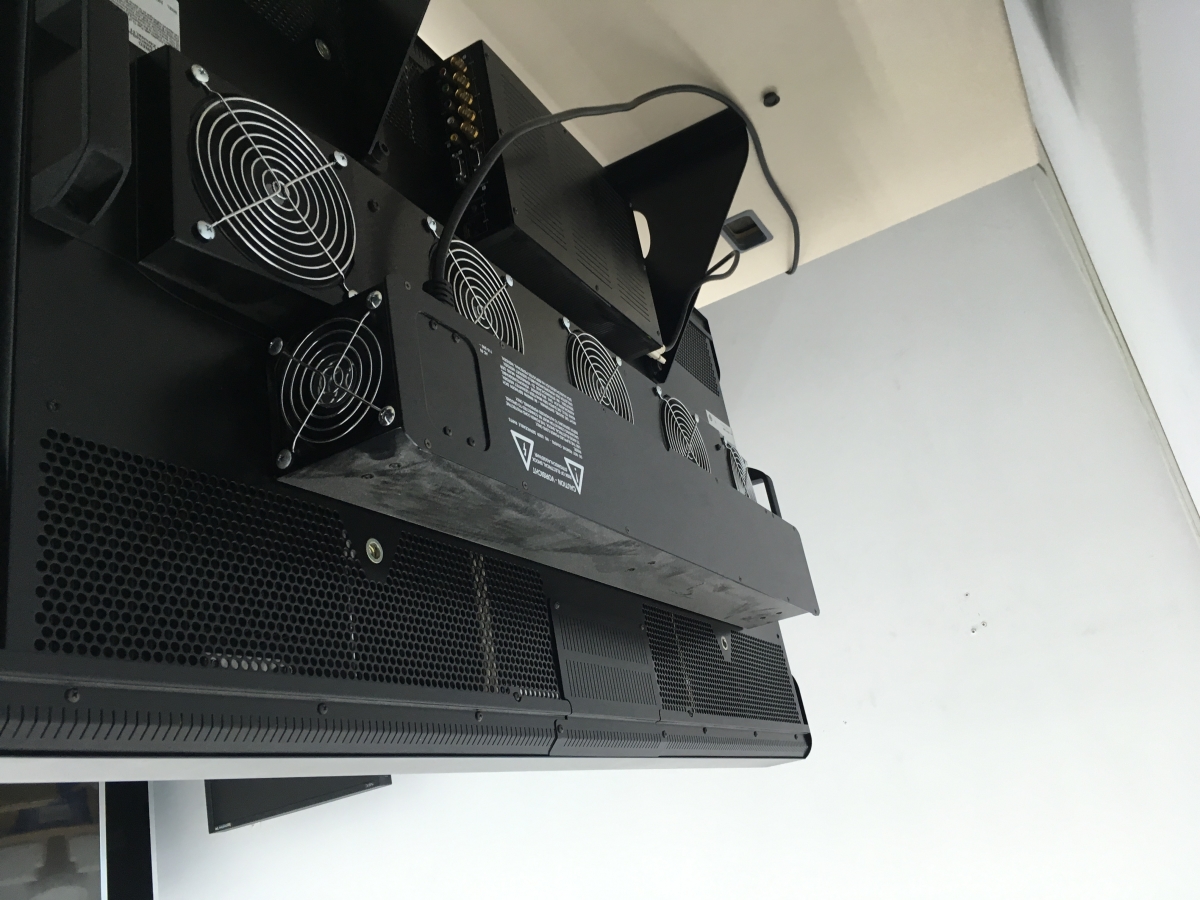HDR Laboratory
Last Updated:
HDR (HIGH DYNAMIC RANGE)
Until today, 8-bit video outputs were used in many devices such as DVDs, cameras, personal computers, TVs, internet video streams and so on. Recently, however, image capturing and displaying technologies have advanced in such a pace that much broader dynamic proportions and real color displayment have become pretty much possible. From now on, the prototype screens that have high dynamic proportion (HDP) offering 1,000,000:1 can be as bright as 6000 cd/m2. They are even on markets now. Thanks to these screens and their advantage of broader dynamic proportion feature, the film industry has achieved to shoot numeric images. Beyond that, also the smart phones use HDP technology to make the images more realistic. As a matter of fact, 8-bit video displayment has become non-satisfactory for many industries.
HDP image and video displayment technology is offered for overcoming the disadvantages of the 8-bit displayment. The real purpose of this technology is to capture the exact physical brightness values (cd/m2) instead of the 8-bit pixel correspondences of them and create an everlasting impression only dependent on the place displayed and totally independent from the displayment technology. In the scope of METU Image Analysis Application and Research Center, researches continue in many fields of this technology such as HDP image creation, tone mapping, reverse tone mapping, backwardly compatible codding and quality measurement of the images.
Researchers: Assoc. Prof. Oğuz Akyüz, Dr. Alper Koz, Sevim Begüm Sözer, İrfan Manisalı
Equipments:
1. SIM2 HDR Display
Model: HDR47ES6MB
Peak Luminance: 4000 nit (cd/m2)
Resolution: 1920x1080 Full HD
2. Konica Minolta Chroma Meter
Model: CS 160
Luminance range: 0.1 to 9,999,000 cd/m2
Minimum Measuring Area: 4.5 mm (0.4 mm when close up lenses are used)
Accessories: Close up Lenses No. 153, 135, 122, 110
